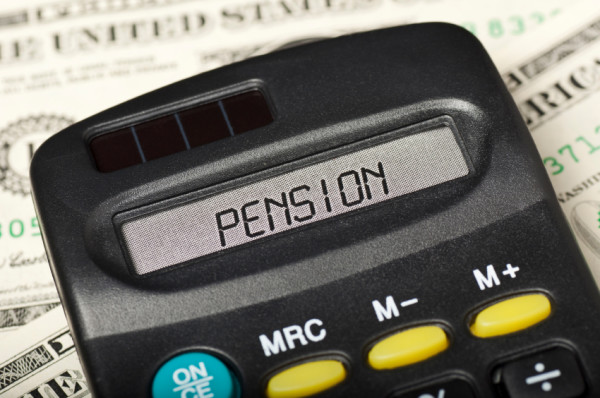

In the Autumn Statement, chancellor Philip Hammond announced the money purchase annual allowance will be cut from £10,000 to £4,000 in April 2017.
Mr Black said higher rate tax payers who exceed the £4,000 limit from April onwards and access their cash through uncrystallised fund pension lump sum are unlikely to be aware this way of taking their pension pot will create a tax charge.
He said: "If a scheme only facilitates this through uncrystallised fund pension lump sum (UFPLS), in which one quarter is tax free and three quarters is taxed, then a higher earner could take his lump sum unaware that he will get hit with a tax bill for exceeding the new £4,000 limit.
"If he is in a flexible product that already allows a 25 per cent tax-free lump sum to be taken without UFPLS, he won’t be adversely impacted."
Mr Black provided a case study in which an individual on a £40,000 salary with a generous matching defined contribution pension scheme, meaning the total of all contributions into the scheme - employer, employee and tax relief - make 20 per cent.
He said this means they have £8,000 paid into their scheme on their behalf.
The following table represents the impact of taking a lump sum to fund by both routes:
| Modern scheme with Flex DD | Plan with limited UFPLS capability only | |
£10,000 lump sum taken to fund (whatever is appropriate) | By tax free cash | By UFPLS |
Before change to MPAA - £8,000 contribution a year | MPAA doesn’t apply as tax free cash | MPAA applies at £10,000 – no tax to pay |
| New MPAA £4,000 | MPAA doesn’t apply as tax free cash | MPAA applies at £4,000 – tax to pay |
| Extra tax (unexpected?) | £0 | £800 a year |
Les Cameron, head of technical at Prudential, said: “The reduction in the money purchase annual allowance at face value seems as if it may not cause any problems as the £4,000 limit is substantially higher than the current minimum contributions for auto-enrollment.
"However, many workplace pension schemes have contribution arrangements that are far more generous than this amount.
"For example, some employers often pay into a pension without the employee needing to make contributions and will then go on and match any contribution the employee is willing to make - a total contribution of 18 per cent will not be uncommon.
"This means that anyone earning the national average wage, currently around £27,000, who has flexibly accessed their benefits will suffer a tax charge.
“Many schemes introduced the new uncrystallised fund pensions lump sum as a way of giving members access to pension freedoms but did not allow flexi-access drawdown.
"The issue is you trigger the money purchase annual allowance by taking an UFPLS however if you use flexi-access drawdown and just take your tax-free cash sum then you don’t trigger this reduction.
"People will need to make sure they can access freedoms in a way that doesn’t trigger the money purchase annual allowance if this new limit is going to be an issue.”
Colin Rodger, director at Edinburgh and Glasgow-based Alexander Sloan Financial Planning said: "After some of the rumours, I suppose we should be grateful the Autumn Statement didn’t interfere more but I do wish Government would stop tinkering with pensions, this is yet another complication and potential tax trap for the unwary."
ruth.gillbe@ft.com



